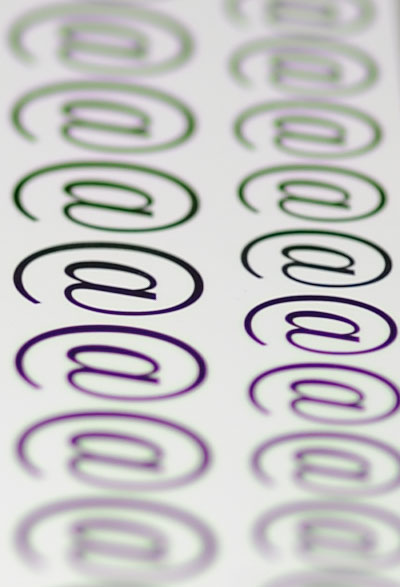EXCERPT page containing first few paragraphs. 2024-04-23 09:46:15
UA_SEARCH_BOT_compatible_botmozilla/5.0 applewebkit/537.36 (khtml, like gecko; compatible; claudebot/1.0; +claudebot@anthropic.com) @ 18.217.208.72
For full access, subscribe here. Or click title to login. ![]()

Nikon D3 + Zeiss ZF 100/2 Makro-Planar
Secondary Longitudinal Chromatic Aberration (Color Bokeh)
The previous page discussed longitudinal (axial) chromatic aberration (LOCA).
Secondary longitudinal chromatic aberration is really just LOCA, but it is distinguished here for its seemingly different effects. A lens which is highly corrected for LOCA will also be highly corrected for secondary color errors (SLOCA).
According to Dr. Nasse of Zeiss:
All these focusing effects are summarized under the name of “secondary spectrum”, so SLOCA is a tautology. In the days of Newton “spectrum” was a general term for an image, and it was in particular used for the colored band of light, visible after passing white light through a prism and separating it into its constituents. This separation of the colors could be compensated by a second prism. However, when it was made from different glass the scientists learned, that the recombination was not perfect. There was still some band of light, the secondary spectrum. Thus this term became the key word for all effects caused by the mismatch of dispersion curves.
SLOCA as discussed here is partly caused by a large amount of LOCA, or by the sphero-chromatic aberration (also called Gauss aberration) of lenses; it does not exist in prisms. In real, fast lenses not only the best focus shows some variation with the wavelength, but in addition the quality of the colored image in its best focus. Very often the blue light has much more spherical aberration. This causes an extended halo at high intensity edges with some designs.
Article continues for subscribers...
Diglloyd Making Sharp Images is by yearly subscription. Subscribe now for about 13 cents a day ($50/year).
BEST DEAL: get full access to ALL 8 PUBLICATIONS for only about 75 cents a day!
Diglloyd Making Sharp Images articulates years of best practices and how-to, painstakingly learned over a decade of camera and lens evaluation.
Save yourself those years of trial and error by jump-starting your photographic technical execution when making the image. The best lens or camera is handicapped if the photographer fails to master perfect shot discipline. High-resolution digital cameras are unforgiving of errors, at least if one wants the best possible results.
- Eases into photographic challenges with an introductory section.
- Covers aspects of digital sensor technology that relate to getting the best image quality.
- Technique section discusses every aspect of making a sharp image handheld or on a tripod.
- Depth of field and how to bypass depth of field limitations via focus stacking.
- Optical aberrations: what they are, what they look like, and what to do about them.
- MTF, field curvature, focus shift: insight into the limitations of lab tests and why imaging performance is far more complex than it appears.
- Optical aberrations: what they are, what they look like, and what to do about them.
- How to test a lens for a “bad sample”.
Intrigued? See Focusing Zeiss DSLR Lenses For Peak Performance, PART ONE: The Challenges, or (one topic of many) field curvature.


